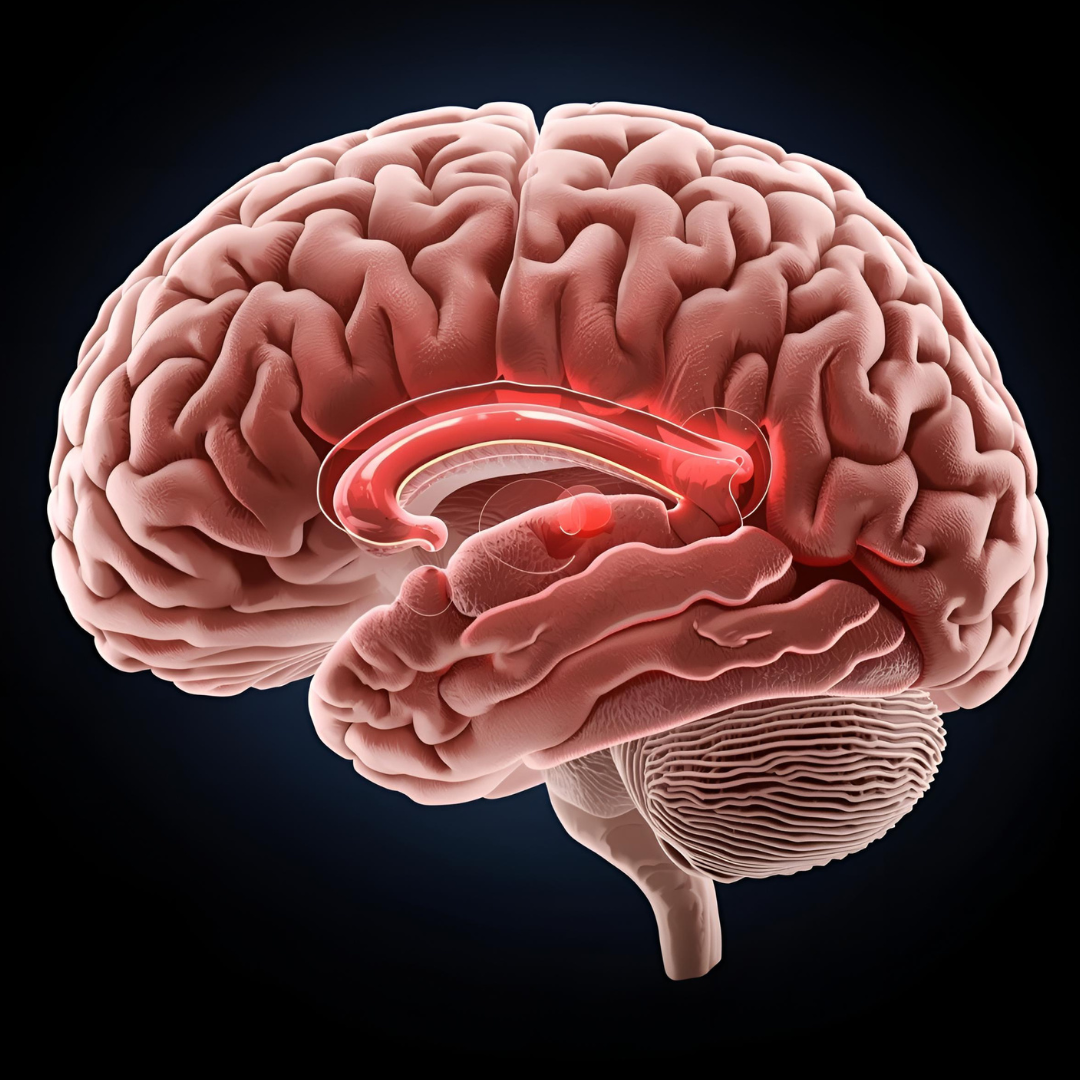Media release
From:
A new study led by Peter Mac Professor Louise Cheng has uncovered how cells that form the brain’s protective barrier can act as “gatekeepers” and slow down the growth of some brain tumours.
Cancer cells need a constant supply of nutrients (sugars for energy, amino acids to build proteins, and fats for structure and support) to grow. Because tumours use these resources at a much higher rate than normal tissue, they can become vulnerable when nutrients are scarce.
Research published in PLoS Biology, found that a brain tumour’s response to nutrient restriction is controlled by the blood–brain barrier – a layer of glial cells that protects the brain and regulates the flow of nutrients.
“We found that the surrounding glial cells act like gatekeepers,” Professor Cheng said.
“They influence how many nutrients reach the tumour, and this directly affects how the cancer behaves under nutrient-poor conditions.”
A key protein involved is Path, a transporter that helps move certain amino acids into the brain. When nutrients to the cells are restricted, healthy glial cells increase Path levels to compensate. But in tumour-affected glia cells, Path levels decrease under the same conditions.
Professor Cheng explained that this causes the growth of cancer cells to slow down because the glial cells around the tumour is disrupted, which in turn limits the tumour’s ability to keep dividing.
“This tells us that Path is a critical switch,” Professor Cheng said. “Its levels at the blood–brain barrier determine how sensitive a tumour is to changes in nutrient availability.
“We’re excited because while more work is needed to translate these findings to human cancers, the study highlights how the tumour environment shapes cancer growth and points to potential new targets for therapy.”
This study was done in collaboration with researchers Fumiaki Obata and Hina Kosakamoto at RIKEN Kobe in Japan as well as Cyrille Alexandre at the Francis Crick Institute in the UK.
The collaborations were supported by the JSPS promotion of science travel funding, which enabled lab exchanges and collaborations between the Obata lab and Cheng lab.



 Australia; VIC
Australia; VIC


